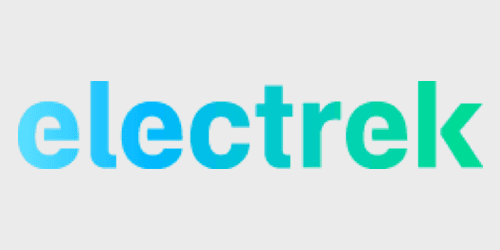
Tesla keeps rolling out more Supercharger stations as it grows its charging network with now two different types of stalls.
Today, we get an inside look at one of Tesla’s new ‘Urban Supercharger’ under construction in Connecticut.
Since launching its new ‘Urban Supercharger stations’ last year, Tesla has been slowly rolling out the latest addition to its Supercharger network.
Originally, Tesla’s Supercharger network was meant to enable long-distance driving in its electric vehicles with daily charging expected to be done at home overnight.
But the new ‘urban’ stations are supposedly meant for urban areas where owners might not have easy access to overnight charging and therefore, they could regularly use DC fast-charging, like Tesla’s regular Superchargers, albeit a bit slower.
There are currently only a few of those ‘urban’ stations out there.
We recently reported on a new station with 20 stalls that has come online in a Chicago suburb and now we take a look at a new station in Hartford, Connecticut.
An Electrek reader spotted the station while it is still under construction, which gives us an interesting look at the hardware of the new stalls:
But the stalls are not where the actual DC power is coming from.
Tesla generally has “Supercharger boxes” which convert/invert the local 3 phase 480V current into DC hidden somewhere near the stalls, but it’s hidden inside the building in this case.
You can see the feeder conduits going into the parking garage and to the boxes:
The station is located at 45 Asylum St downtown Hartford, which is in line with Tesla’s approach to “Urban Superchargers.”
Tesla continues to expand in Connecticut despite still having issues with direct sales in the state.
Connecticut is one of the few states that still prevent Tesla from selling its vehicles directly to consumers and it’s not because the automaker is not trying.
The Connecticut Automotive Retailers Association (CARA) has been lobbying to retain its monopoly on vehicle sales in the state by using old laws that prohibit automakers from selling vehicles to consumers without going through franchise dealerships. Those laws exist to protect dealership against potential unfair competition against their own automakers, but they are trying to apply them to automakers who have never had franchise dealerships, like Tesla.
They have been leading several efforts to block Tesla’s attempt to obtain an exemption to sell its vehicles all the way back in 2014.
The first year Tesla tried to get access to the market, CARA published a website called ‘TeslaCrash.com’ when the bill was first announced. The website was using questionable methods to try to discredit Tesla, including featuring pictures and articles about benign accidents, hence the name of the domain.

They stepped up their game over the years – resulting in an even more active campaign in 2017 that included sending ‘secret shoppers’ to try to shut down Tesla’s gallery in Greenwich.
During the last legislative push, Tesla even promised to open 10 stores in Connecticut by the end of next year if they were made allowed to sell in the state.
It was still unsuccessful and now Tesla is currently again leading another effort to be able to open its own stores and service centers in Connecticut.
FTC: We use income earning auto affiliate links. More.








Comments